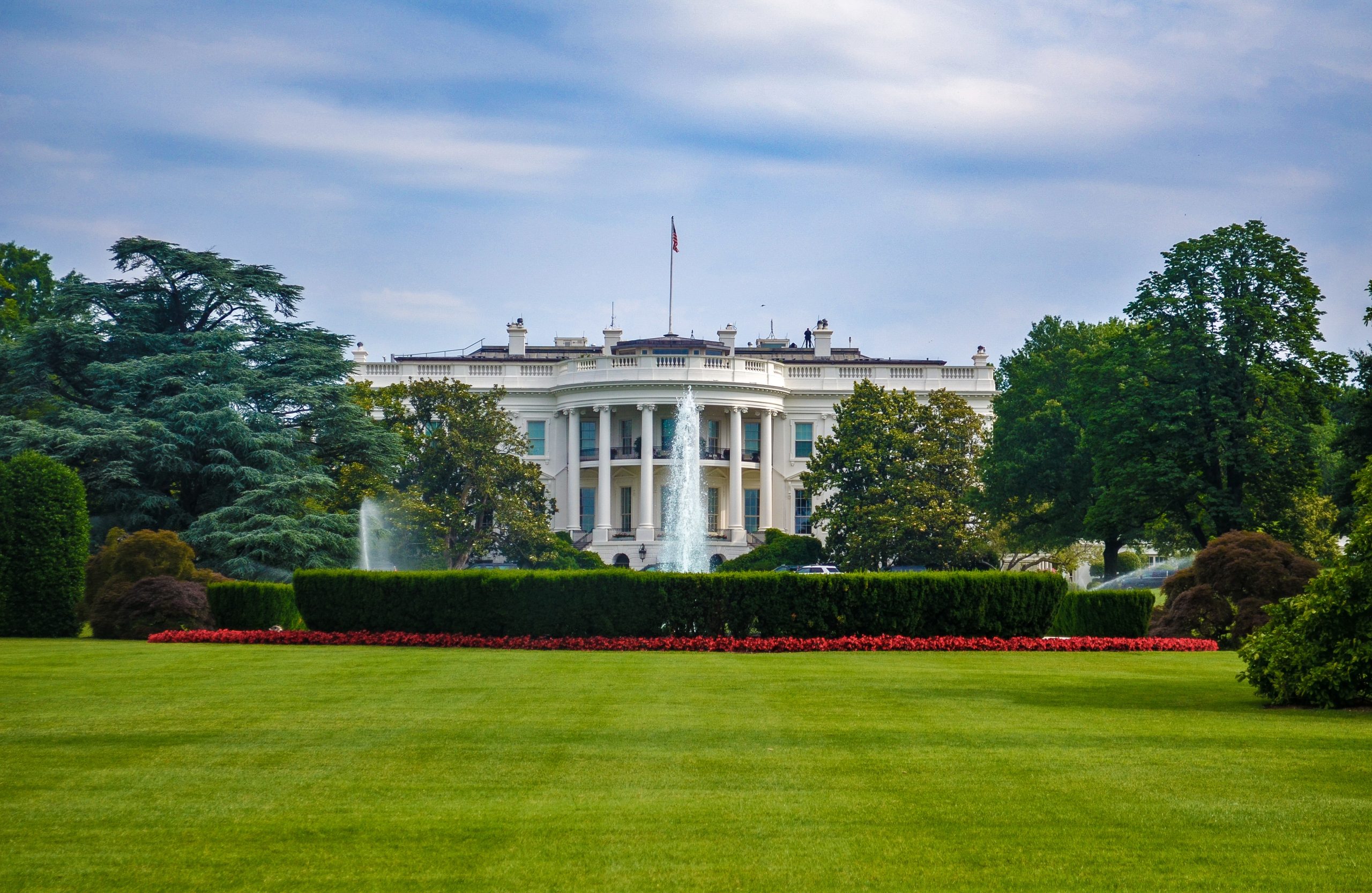Have you ever wondered what really goes on behind the closed doors of the White House? How do politicians make their decisions and navigate through complex issues that affect our country? If so, you’re not alone. Join us as we take a peek behind the scenes at the White House to gain insights into political decision-making like never before. From high-stakes negotiations to crisis management, get ready for an inside look at how some of the most important decisions are made in America’s capital. Let’s dive in!
The Role of the President
The president is the head of state and head of government of the United States. The Constitution specifically gives the president the power to appoint ambassadors, Supreme Court justices, and cabinet members. In addition, the president has broad authority over domestic policy through executive orders and decisions by the Federal Reserve Board.
The president’s day-to-day duties are largely ceremonial, with a focus on leading the country through speeches and meetings with world leaders. The president also maintains close relations with Congress, which provides much of the funding for his administration.
The Political Process
In the United States, the political process refers to the formal and informal methods used by citizens and representatives to make decisions about public policy. The political process takes many forms, from voting in elections to lobbying lawmakers.
Behind the scenes at the White House: Insights into political decision-making offers a look at how U.S. presidents and their advisers make decisions about national policy. This includes interviews with key players in the Oval Office, including the president’s chief of staff, strategy director, and communications director; as well as members of Congress and their staffers.
The article discusses some of the major issues facing the United States today, such as healthcare reform and economic development. It also explores how different groups within society try to influence government policies through lobbying and campaign contributions.
The Presidency and the Cabinet
The President and the Cabinet are the primary decision-makers in the United States government. Together, they make decisions that affect the country as a whole.
The President is the head of state and the Commander in Chief of the United States Armed Forces. The President also oversees the administration of federal government programs. The President selects cabinet members who lead various departments and agencies.
The Vice President is next in line for the Presidency after the President. The Vice President oversees domestic policy and serves as a link between the presidency and Congress. The Vice President also represents the United States abroad.
Political Parties in America
Political parties in America have a long and storied history. In recent years, the political landscape has seen a number of changes, with the rise of third-party candidates and increased competition between the two major parties. Here are five ways political parties affect decision-making at the White House:
1. Parties can help to shape public opinion.
Political parties play an important role in shaping public opinion through their policies and messaging. This is particularly evident during elections, when parties often spend large amounts of money on advertising that reflects their positions on various issues. As a result, party affiliation can influence people’s voting decisions even if they don’t personally know any party members.
2. Parties can provide incentives for officials to compromise or collude with each other.
The existence of a partisan divide can create pressure on government officials to strike deals that benefit their party rather than the overall interests of the country. This phenomenon is known as “cabinet conflict” and is especially common in countries with strong partisan divides, such as the United States. For example, during the Obama administration, there was much debate over how to handle the Syrian refugee crisis—a deeply divisive topic that could have easily resulted in gridlock if different factions within the government had been unwilling to cooperate. By having two major political parties competing for votes, it became much more difficult for any single official to veto proposals that may have displeased one or both of them.
Foreign Policy
Foreign policy is one of the most important areas of a president’s job, and their decisions can have a large impact on the nation. In this article, we’ll take a look behind the scenes at the White House to see how political decision-making works.
The president has many advisors who offer their opinion on various issues, but ultimately it is up to the president to make the final call. The president must take into account a variety of factors when making a decision, such as national security, international relations, and fiscal responsibility.
One major issue that the president has to consider is America’s reputation around the world. How will our actions affect other countries? Does our policy align with our values? These questions are critical in making informed decisions about foreign policy.
Another key factor is public opinion. The president needs to know what people in America want from their government when it comes to foreign policy. They also need to be aware of any potential backlash that could come from certain actions or decisions.
Finally, the president has to weigh all of these factors against each other in order to come up with a feasible solution. This can be difficult, but ultimately successful policies result from careful consideration and deliberation.
Conclusion
Political decision-making is an intricate process that takes into account a variety of factors, both external and internal. This Behind the Scenes article provides an overview of some of the major steps in the political decision-making process and how our team at The White House helps to ensure that all decisions reflect the best interests of our country. Inside knowledge from those who have been through the process firsthand can help you make more informed choices when voting or watching upcoming elections.




